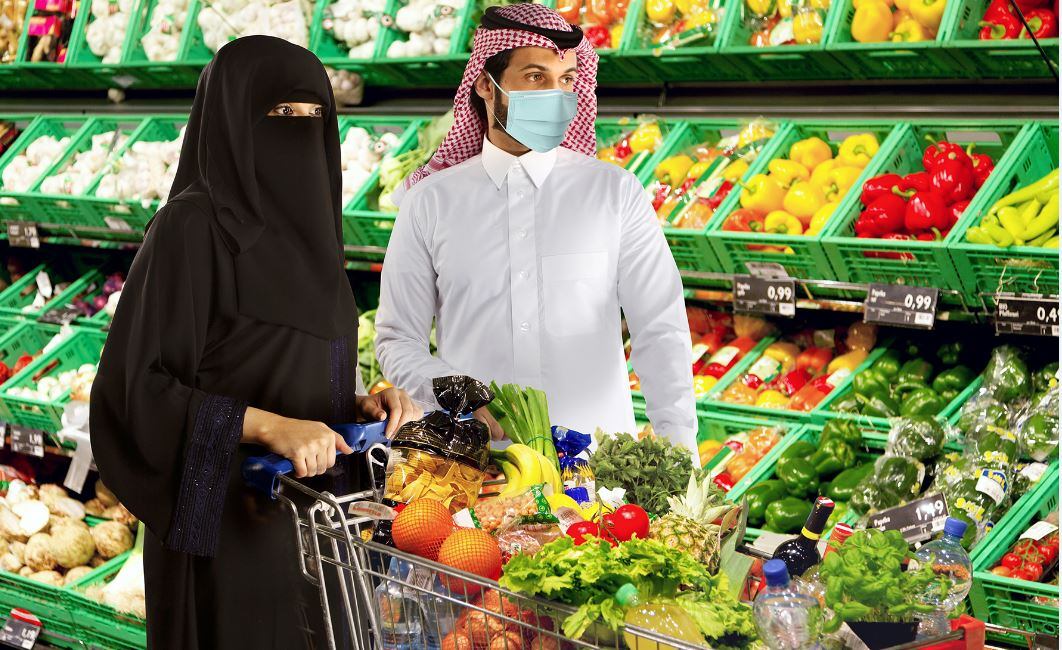According to information from Kantar Worldpanel, March saw a sales rise in categories related to cooking and baking, such as baking mix, dessert mix, oats, soups, and pasta, as schools and workplaces closed.
While during Ramadan, chocolate and salty snacks surged in popularity, alongside dessert mix, oats and baking mix.
In terms of beverages, March saw a rise in liquid concentrates and ready to drink malt beverages.
Then April to May also saw a rise in carbonated soft drinks during Ramadan.
In the dairy sector, categories related to cooking and baking were more popular in March, such as labneh, long life cream, butter and condensed milk. These were also categories which typically peaked during Ramadan.
Personal and home care
March also saw higher purchases for hand sanitisers, wet tissues and rolls, shower gels, and liquid hand wash as people were more concerned for their personal hygiene, which continued to roll over to Ramadan.
Similarly, home hygiene items such as disinfectants, toilet cleaners and paper rolls saw a rise in both occasions.
Promotion surge
The report also found that these purchase behaviours indicated a peak in FMCG promotions in March, before declining in Ramadan.
Raj Mitra, consumer insights director at Kantar explained: “Saudi Arabia was a market that was seeing more promotions and the surge in March was probably an indication of how both the shoppers as well as the manufacturers and retailers reacted to COVID-19.
“This was then curtailed in Ramadan by government directives which were done to prevent people from hoarding but were also indicative of the shopper mindset who did spend on what they deemed as relevant to them in the most important season of the year.”
Ethnicities differences
Saudi Arabia has a population of around 34 million, with about 10 million expatriates.
According to Global Media Insight, the expatriates come from the Middle East region, as well as Asian countries including India, the Philippines and Indonesia.
In the Kantar report, consumers in Saudi Arabia were classified based on their ethnicities: Saudis, expat Arabs and expat Asians.
It was found that expat Asians were the only group holding back on their spending in both March as well as Ramadan.
This is probably because expat Asians were more cautious of their spending, possibly influenced by salary cuts as well as their mindset about future prospects.
In addition to the impact of the pandemic, the outlook for food and beverage sales is further complicated by tax rises, with VAT up from 5% to 15%.
Mitra added: “If lockdowns become more common, we may see food, beverage and dairy items related to cooking and snacking, as well as health and hygiene also settle at a higher level.
“We know from our experience that in times such as these, the larger and hence more essential categories tend to show more resilience.”
“Even in terms of brand interplay, category leaders who have an advantage of a higher physical presence and mental salience typically do better. To maintain momentum brands must continue to engage with shopper’s so as not to drop out of their basket.”




